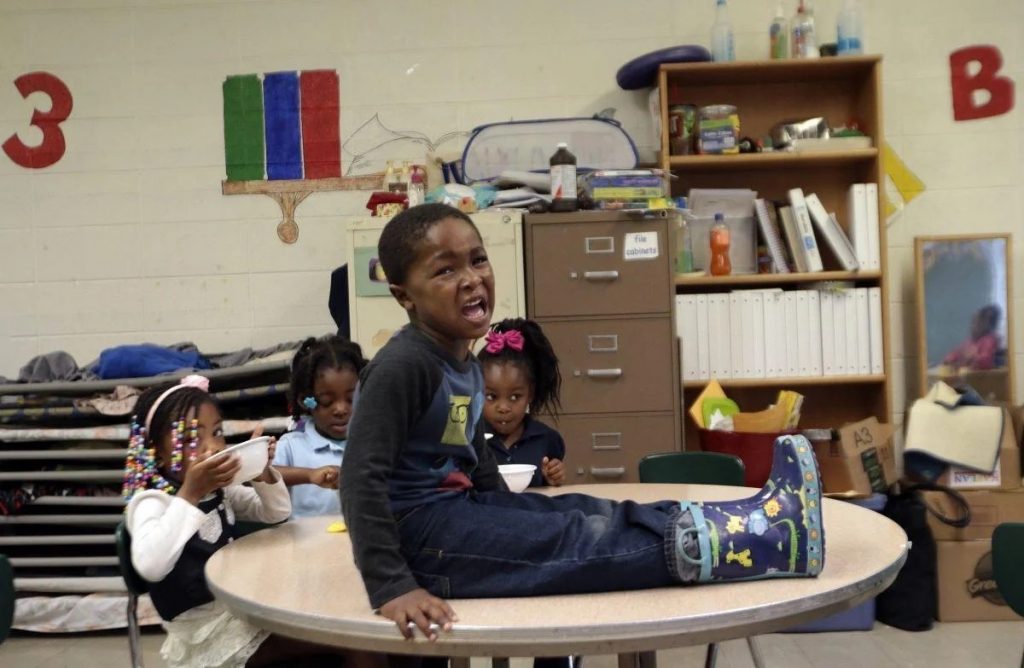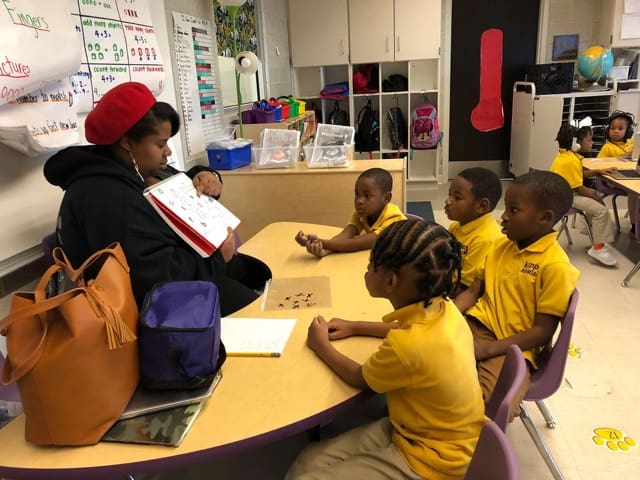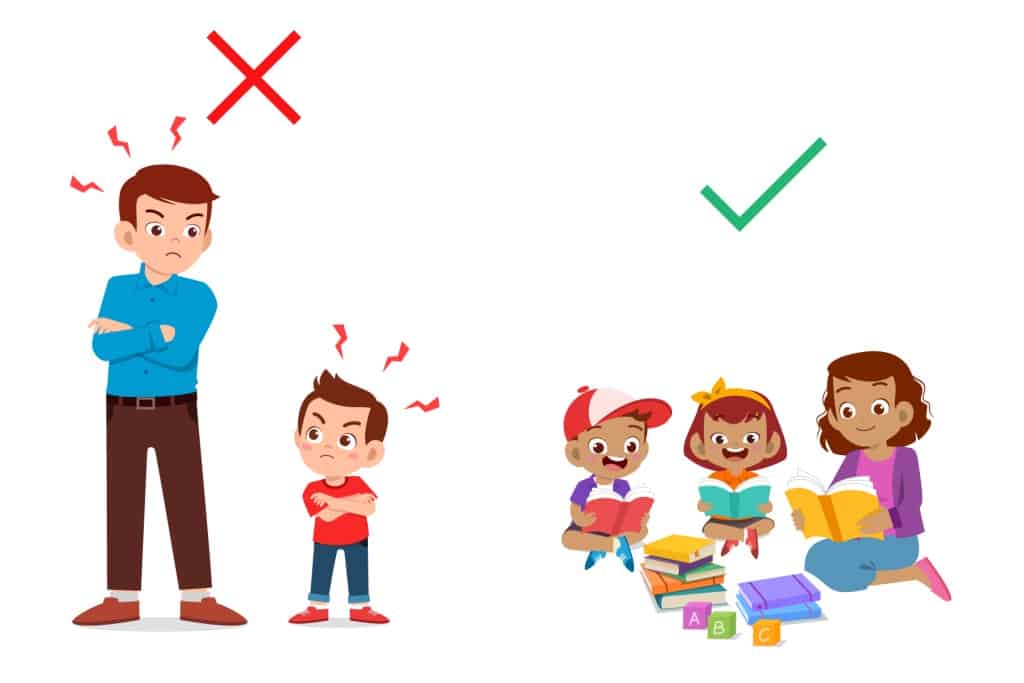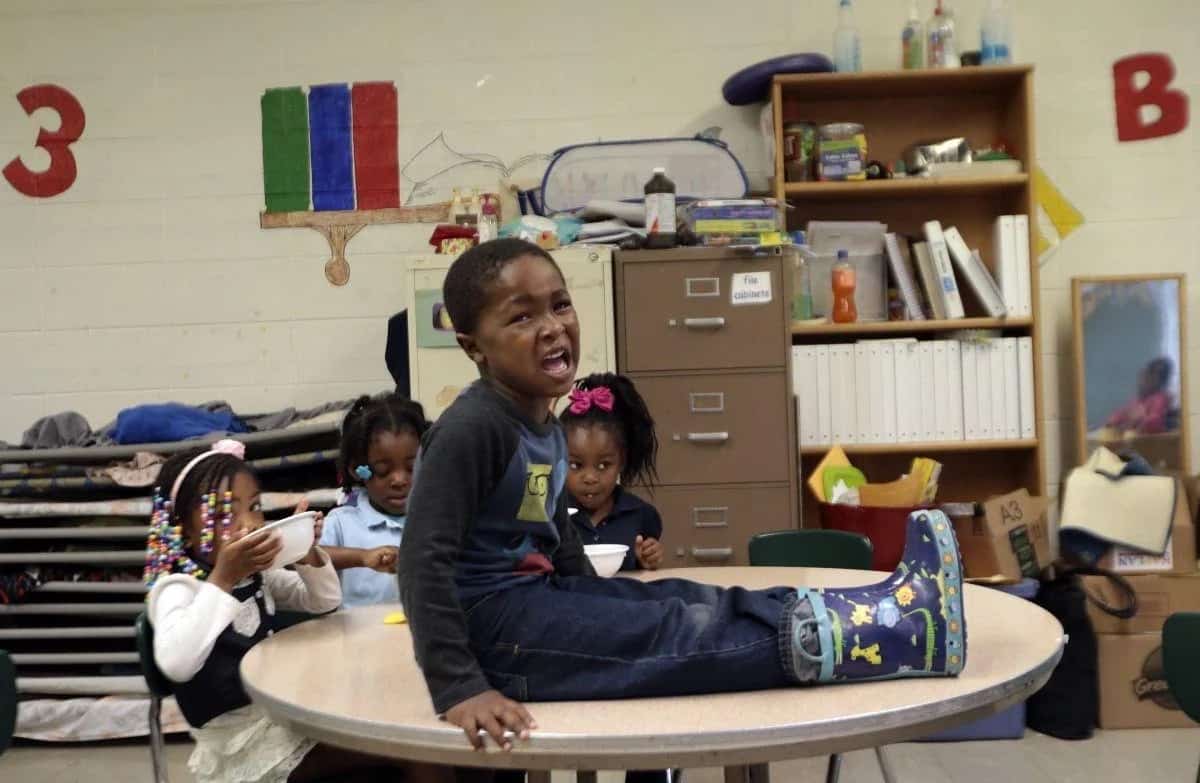
Being a teacher is definitely rewarding. There’s nothing more enjoyable than watching your students flourish, develop, and grow before your very own eyes. But sometimes, the job can be tasking. It requires patience and planning and is often times demanding, especially when the little ones throw tantrums in class.
Tantrums are unavoidable, but you can stay in control of your classroom. Here’s what you can do to diffuse such a situation the next time it happens.
There are 3 core strategies for tackling those classroom tantrums; what to do BEFORE a tantrum, DURING a tantrum, and finally, AFTER the tantrum. Here’s what to do to approach tantrums from every stage effectively.
What to do BEFORE a tantrum:
1. Get to Know your Students
Getting to know your students is a great way to gauge their emotions. Talk about their likes and dislikes or what makes them happy or sad. These triggers are important when recognizing when a meltdown may be incoming. Paying attention to their facial expressions and body language throughout the whole day is also essential in combating tantrums.

2. Talk about Emotions
It’s really important that teachers talk to students about tantrums and emotions. Discussions about emotions and why people get upset are highly encouraged in the classroom a few times weekly. Roleplaying also helps children put themselves in other people’s shoes, and learn to handle their emotions in a positive way when upset.
Here’s what to do DURING a tantrum:
3. Keep Calm
Always remember to keep calm. Matching the child’s temper won’t do the stressful situation any good. Keep in mind that tantrums are normal for young children, and the behavior is to be expected. Give children the space they need to calm down. Ideally, removing them from the stressful environment and into a quiet room can give them the space to work through their feelings without becoming even more upset.
4. Talk About it
Adults find it soothing to talk about their problems with close friends, this same principle applies to young children. Come down to their level and quietly let them know you understand what they’re going through and understand what they feel. If children open up, you may respond, but never force a reply. What’s most important is listening and making these children heard.

Here’s how to get the class back on track AFTER a tantrum meltdown:
5. Don’t Ignore the Main Issue
Often times we feel like avoiding talking about a tantrum is the best approach, but that’s actually not true. On the contrary, talking about emotions and outbursts and how to handle these sensitive issues that come up when we’re upset is the best strategy for a teacher. Making children understand what they’ve just witnessed, will teach children to work through their feelings and deal with issues in a positive way. It will also encourage empathy among children, and help them understand why their friends act or feel a certain way. Children can learn to be kind, respectful, and helpful in times of tantrums through understanding and empathy.
Dealing with tantrums is never an easy task, but teachers can learn to manage them using these helpful tips so the next time a meltdown rolls around, you can be calm, collected, and prepared to help your students work these tantrums through.
